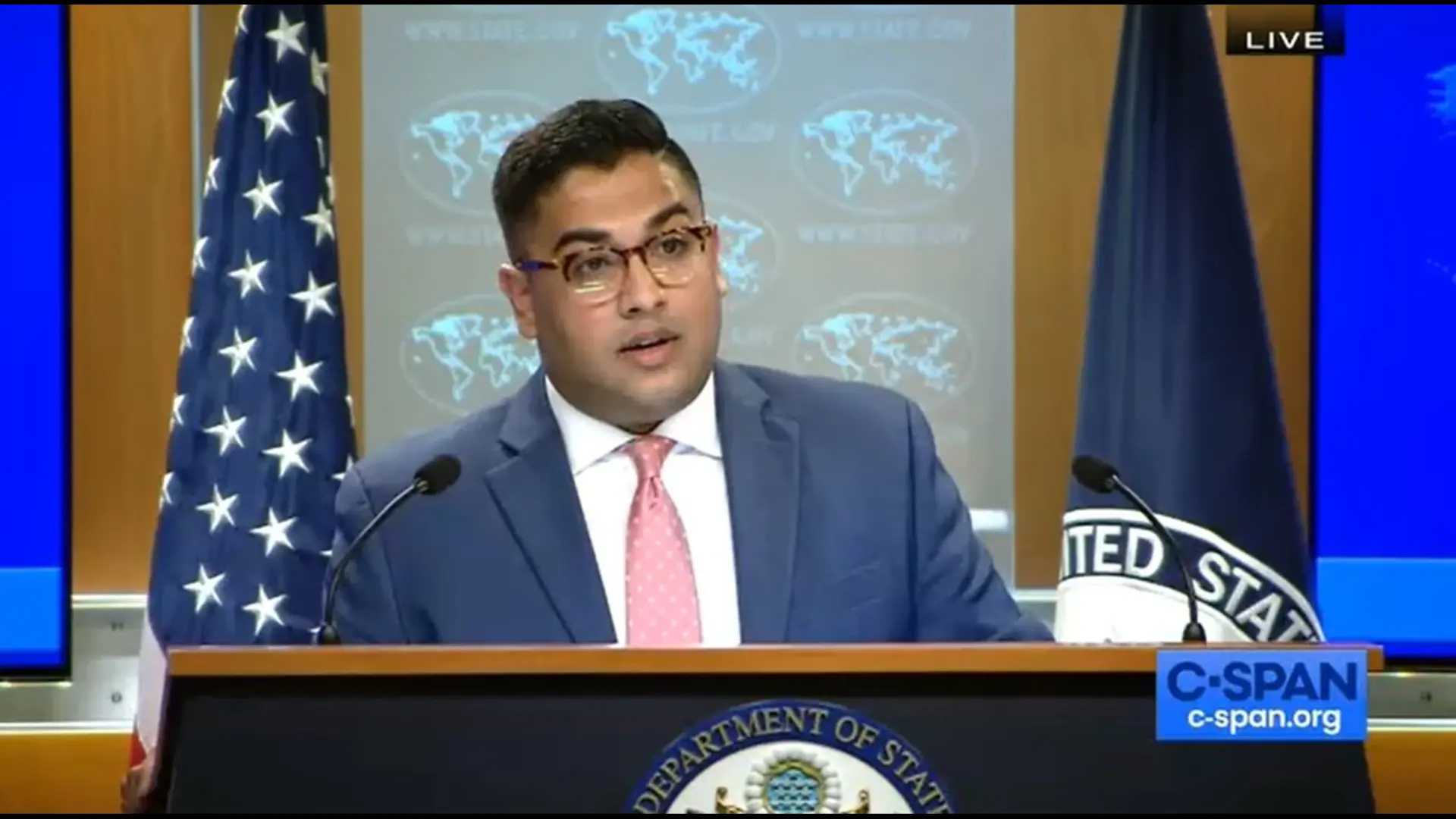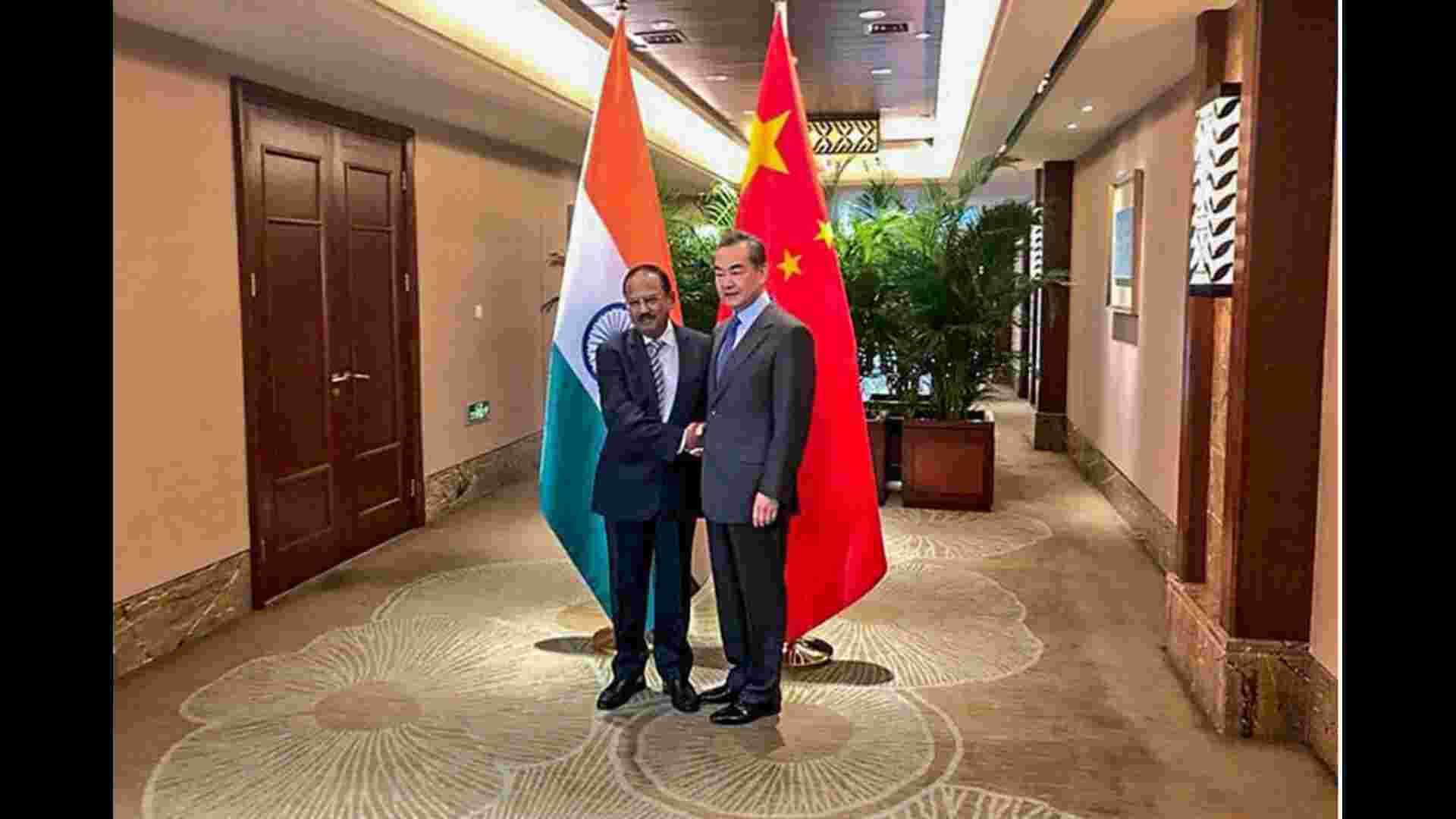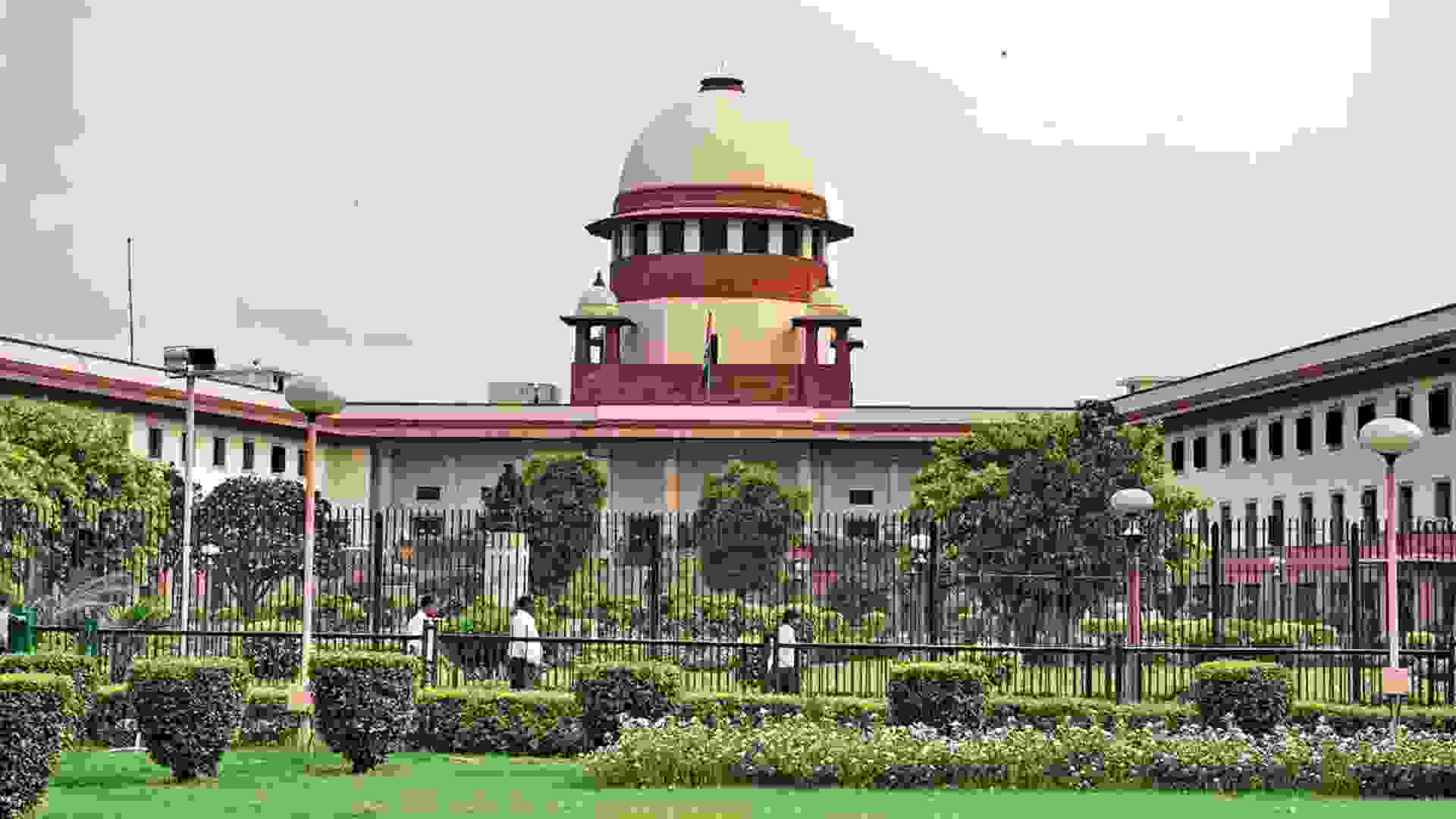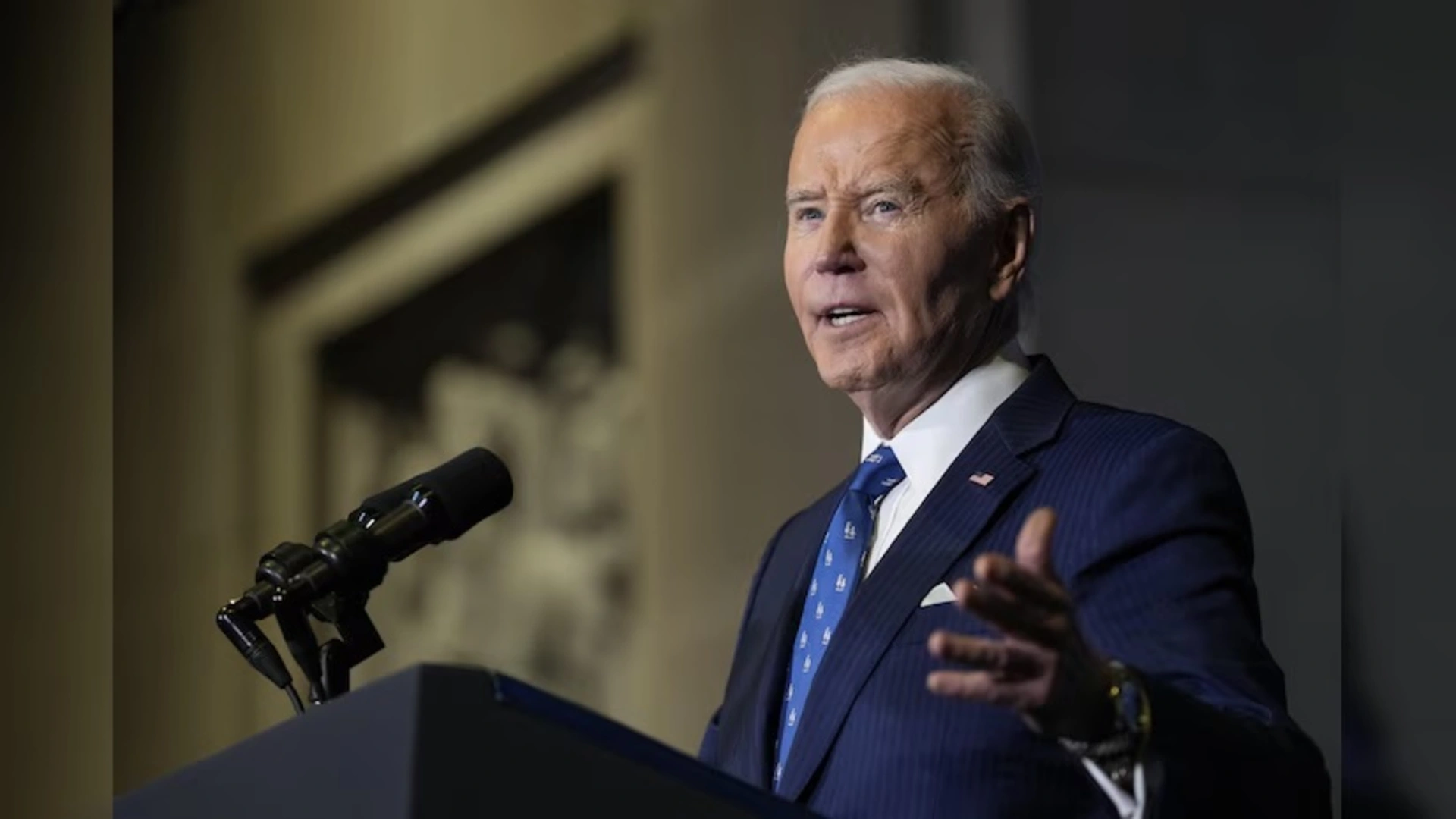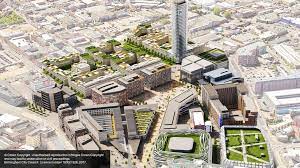
Today, cities worldwide face intense pressure to fulfil the ever-increasing needs of their growing populations. Over 67% of the global population will be living in cities by 2050, according to the UN World Urbanisation Prospects. In fact, between 2018 and 2030, the global urban footprint could increase by a massive 80%.
Over the last fifty to sixty years, most cities in the world, including those in South Asia, have responded to this issue by hastily adopting the traditional American model of urban planning– grid iron developments with segregated land use zones, centred around cars rather than people. This has caused cities to sprawl uncontrollably, exacerbating dependence on personal vehicles due to increased travel distances, traffic congestion, environmental pollution, strain on natural resources, and worsening inequalities. The need for cities to be centred around people and the environment has never been more evident. Here are five sustainable models of development that can guide our cities toward a more sustainable future:
15-Minute Cities
In a 15-minute city, people can take care of a large portion of their daily needs, be it going to work, studying, buying groceries, or participating in leisure activities, within a short walking or cycling distance from their residences. This idea contrasts sharply with the concept of segregated land use planning in urban areas, which causes people to travel large distances, taking up more resources and time. A 15-minute city will, therefore, comprise multiple nuclei in the form of self-sufficient neighbourhoods, which can then be inter-connected through meaningful, city-level green public spaces and efficient public transit.
Urban Retrofitting and Adaptive Reuse
As an aftermath of the Covid-19 pandemic, many built structures have become unused or abandoned. But does that mean we should knock them down? Or can we use them to breathe new life into the city? Urban retrofitting is a sustainable alternative to demolishing and destroying such structures, retrofitting them for a new purpose with the help of the various technological resources available today. While the concept is more commonly associated with buildings of heritage value, urban retrofitting and adaptive reuse can also be applied to obsolete buildings that exist all around us. Such buildings can be reimagined as socio-cultural spaces, such as museums, art galleries, libraries, or even community centres, which can enrich the lives of the local residents.
Shared Use of Amenities
Shared use of amenities means that infrastructure developed for a specific purpose for one user group is used for the same or different purpose by another user group in the neighbourhood. Take the case of school playgrounds that lie unused once the school hours end. In the evenings, these playgrounds can be opened up to nearby residents, who can use it for playing, relaxation or other recreational activities, becoming a critical piece of the neighbourhood’s social fabric.
Vertical Cities
With land being a finite resource, one way in which cities can cater to their rising populations is by creating high-rise, mixed-use neighbourhoods. In a vertical neighbourhood, everything from housing to offices to shopping zones are contained within one tall building. This then allows the ground level to be opened up to people and nature. The rise of residential towers with sky gardens that double as social spaces is a small, but promising step in this direction. Another example is the upcoming East Delhi Hub in Karkardooma, New Delhi, where high-rise vertical neighbourhoods will free up considerable space on the ground. This open expanse will be developed as a green public sphere, allowing people to connect with nature and each other.
Transit-Oriented Development
Transit-oriented developments refer to compact, walkable, mixed-use neighbourhoods connected to other parts of the city via high-speed transit networks. This high-density network of transit corridors can, in turn, be accessed by cyclists and pedestrians through strategically placed terminals. As a result, reliance on personal motorised vehicles for both short-distance and long-distance travel is significantly reduced.
A city is a complex animal, and its path towards sustainable development is a continuous and iterative process, which never can, and never should stop. While every city is different and has its own unique needs, these development models can serve as blueprints and inform policy-level interventions, be it at the national level or the local municipality level. These policies should enable a balance between short-term and long-term city planning goals, and encourage collaborations between various stakeholders to facilitate sustainable city planning interventions. Awareness drives for local stakeholders, such as citizen groups and RWAs, are also important to help them implement efficient localised action and create better neighbourhoods.

Dikshu C. Kukreja is Managing Principal, CP Kukreja Architects.
